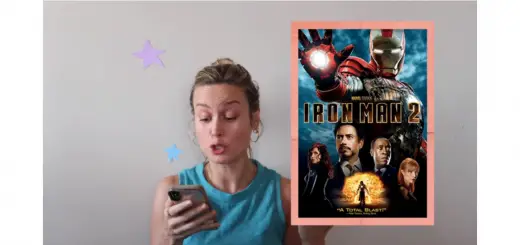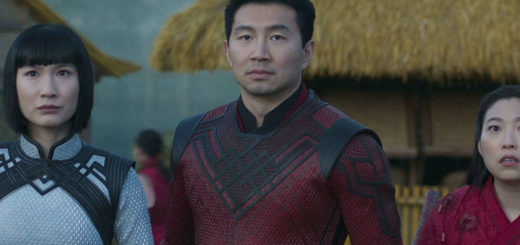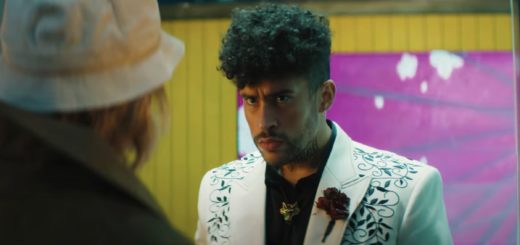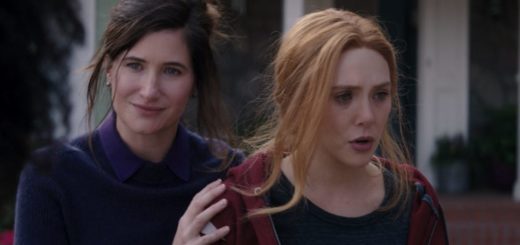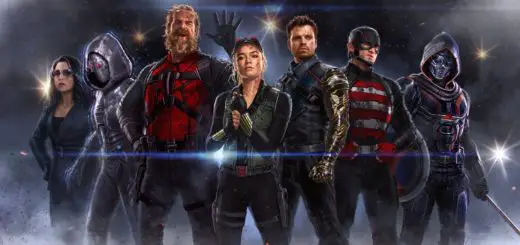A Brief History of the MCU Part Five
After The Avengers triumphed at the box office, becoming the third most-lucrative release ever, Disney went all-in on the concept. The Marvel Cinematic Universe (MCU) had already proven that audiences were ravenous for quality action movies.
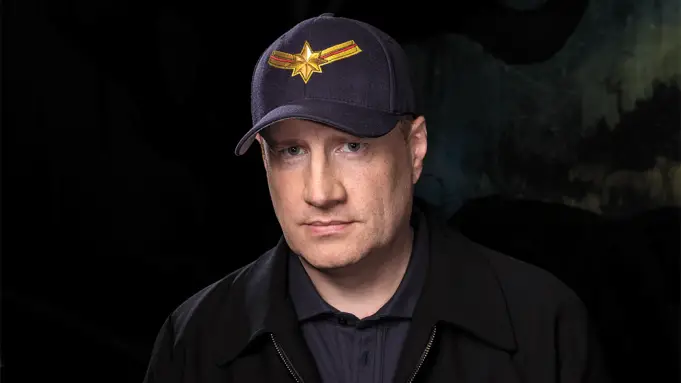
Photo: Variety
Kevin Feige, the head of Marvel Studios, wanted to feed them the best possible content, and he was willing to take a massive chance along the way. Let’s examine Phase Two of the MCU to learn how Marvel deftly expanded its universe and, thereby, its revenue.
The De Facto Sequel
I’m a Captain America stan, but even I know that the star of The Avengers is Tony Stark. He appeared in the first true MCU release, and he’s anchored the franchise all the way through Avengers: Endgame. Audiences have accepted this and treated Tony Stark differently than Thor, Captain America, and the rest.
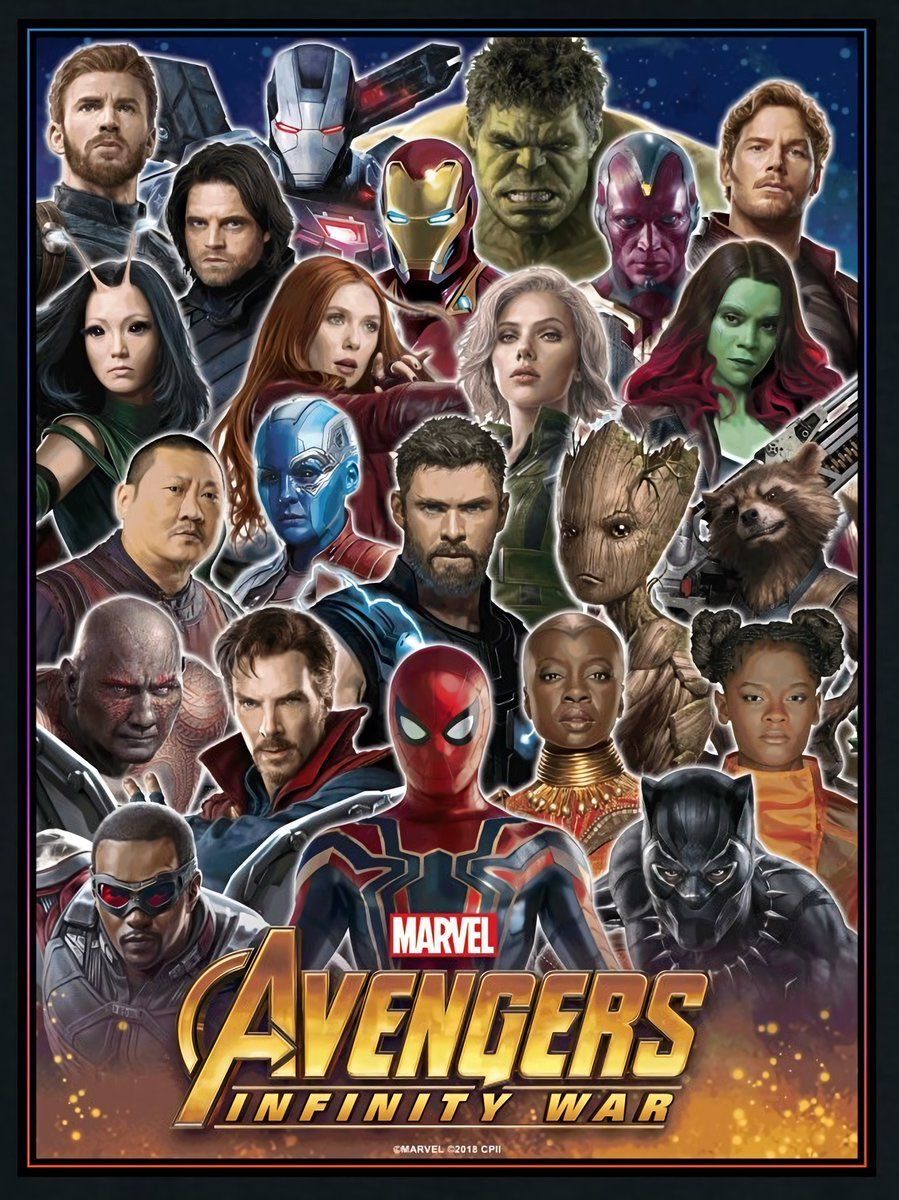
After The Avengers, Disney sagely scheduled Iron Man 3 as the next MCU title. The plan worked better than anyone could have imagined. The Avengers shattered the opening weekend box office record, earning $207.4 million. Previously, Iron Man 2 had debuted to “only” $128.1 million, which was in the top five ever at the time.
Thanks to The Avengers’ bump, Iron Man 3 spiked to $174.1 million, a 36 percent increase from Iron Man 2 in just three years.
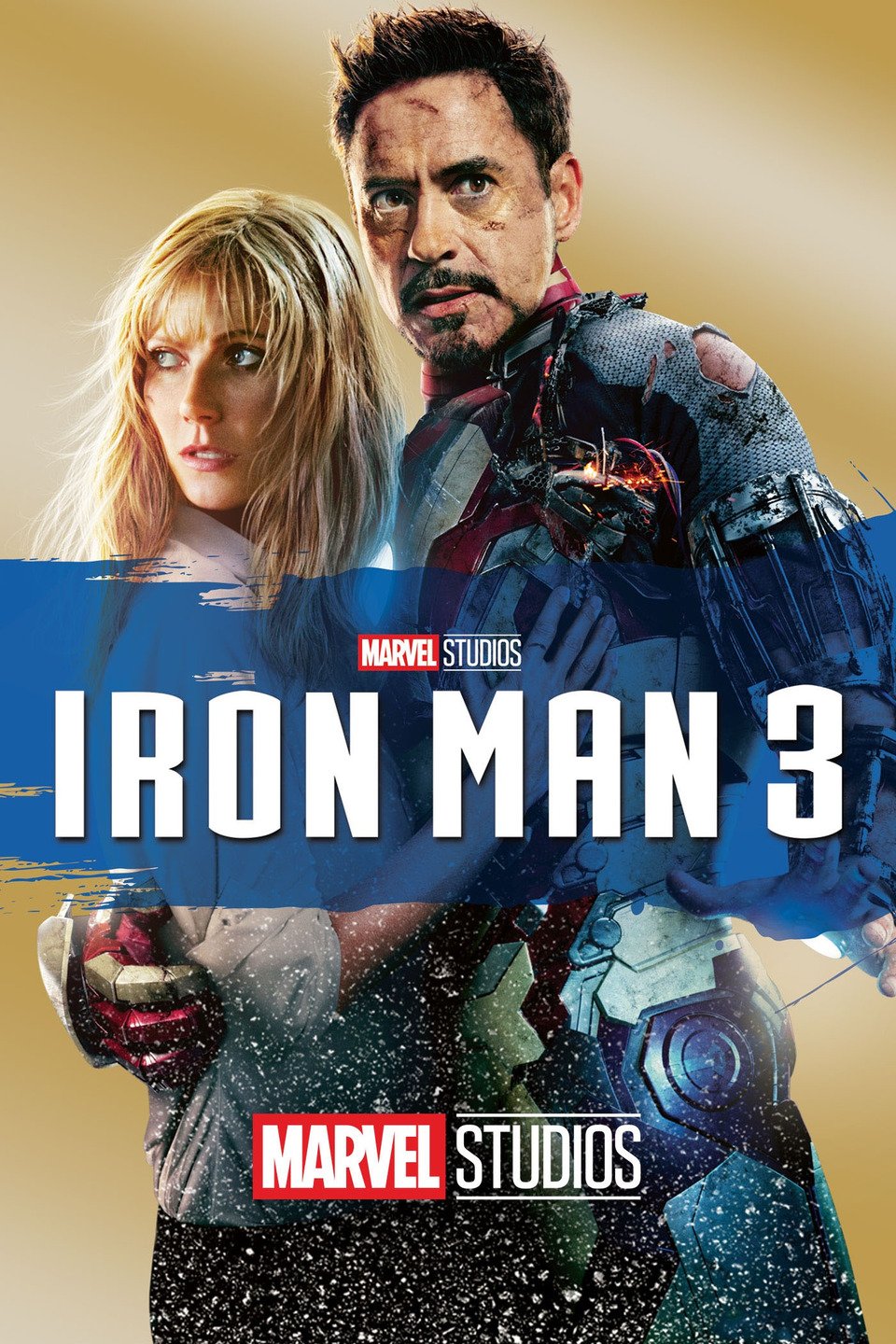
In the absence of an Avengers film, the franchise’s epicenter character performed similarly. To wit, Iron Man grossed $585.2 million worldwide, while Iron Man 2 grew the brand to $621.2 million.
Iron Man 3 absolutely wrecked the previous two titles. It reset the parameters with $1.22 billion, more than the first two films combined. Iron Man 3, on its own, earned 80 percent of The Avengers, a superhero team-up. Disney executives were absolutely giddy at this outcome, but their joy was short-lived.
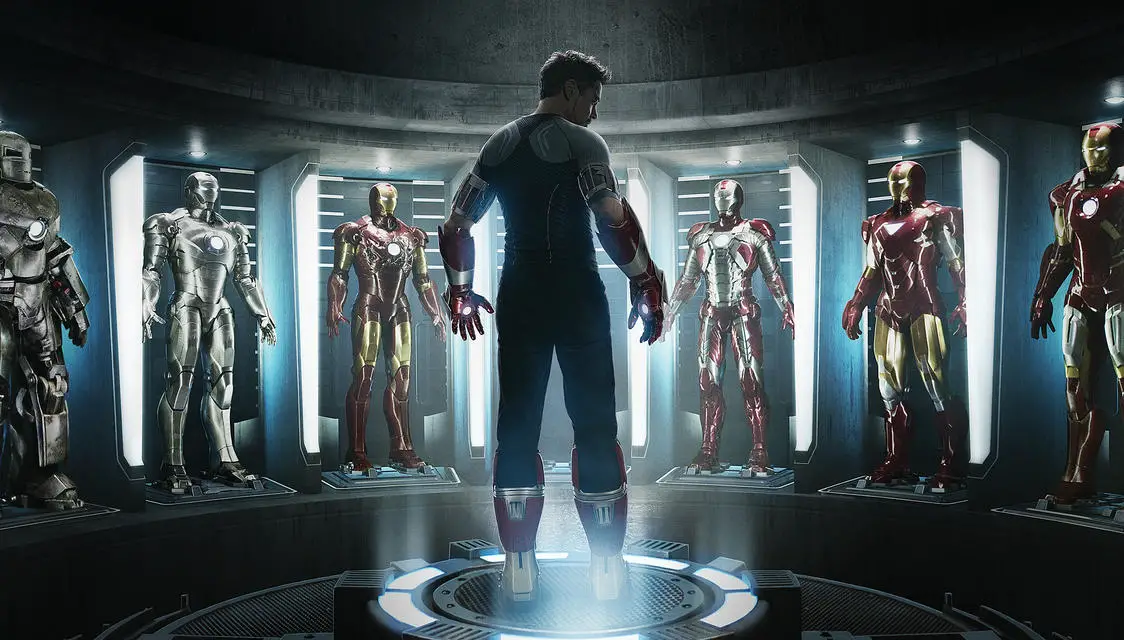
Photo: Marvel
A Dark World Indeed
Even though we’re more than 20 films into the MCU, missteps are few and far between. Marvel has gotten oh so much more right than wrong. The franchise’s success rate is wholly unprecedented in Hollywood. However, nobody’s perfect.
Thor: The Dark World became the second sequel involving one of the primary Avengers. The movie undeniably did better than its predecessor, as it opened 30 percent higher and eventually grossed 43 percent more overall. The Dark World earned $644.8 million worldwide against a production outlay of $170 million.
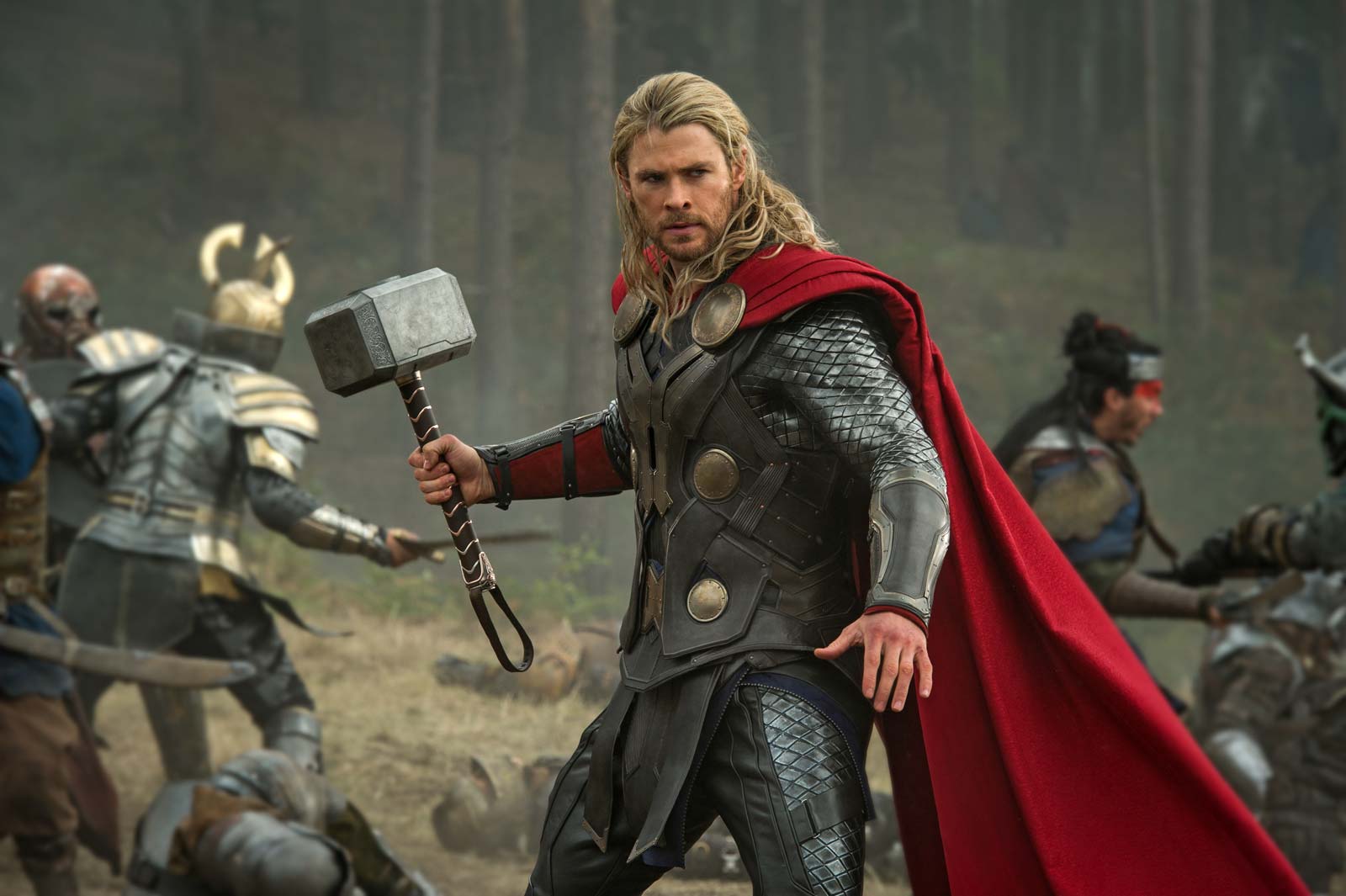
To many film producers, this sort of performance is an unqualified success. In the MCU, the Thor sequel is perceived as one of the greatest disappointments. A couple of years ago, I ranked it as the worst of the MCU, and I’d still list it as such.
At IMDb, Thor 2 has one of the franchise’s lowest grades, a 6.9. Similarly, Rotten Tomatoes ranks it Fresh at 66 percent, which is again low for an MCU title. The alarming score is the Audience Score of 76 percent, which reflects that people aren’t passionate about The Dark World.
What went wrong here? I mean, you could argue nothing. The film’s good enough by any reasonable metric, and it’s a profitable box office venture, too. Still, the absence of Kenneth Branagh as director impacted the sequel.
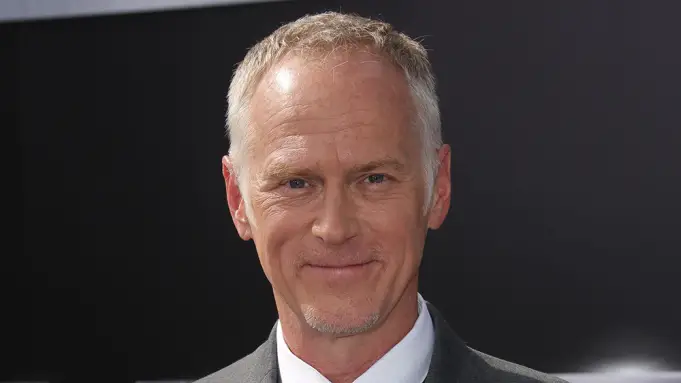
Photo: Jim Smeal/BEI/REX/Shutterstock
Alan Taylor has directed some of the greatest television series ever. He’s done memorable work on The Sopranos, Game of Thrones, Mad Men, Deadwood, and The West Wing. Unfortunately, his two theatrical releases of note, Terminator: Genisys and Thor: The Dark World, just haven’t been as good.
In the entire MCU library, Thor 2 is the most questionable title…and it’s still certified Fresh on Rotten Tomatoes!
The Flip Side of the Coin
Disney also gambled on a pair of television directors for its Captain America sequel. This risk paid off in spades, as the Russo Brothers became vital to the MCU. Their first success remains the most impressive to me, though.
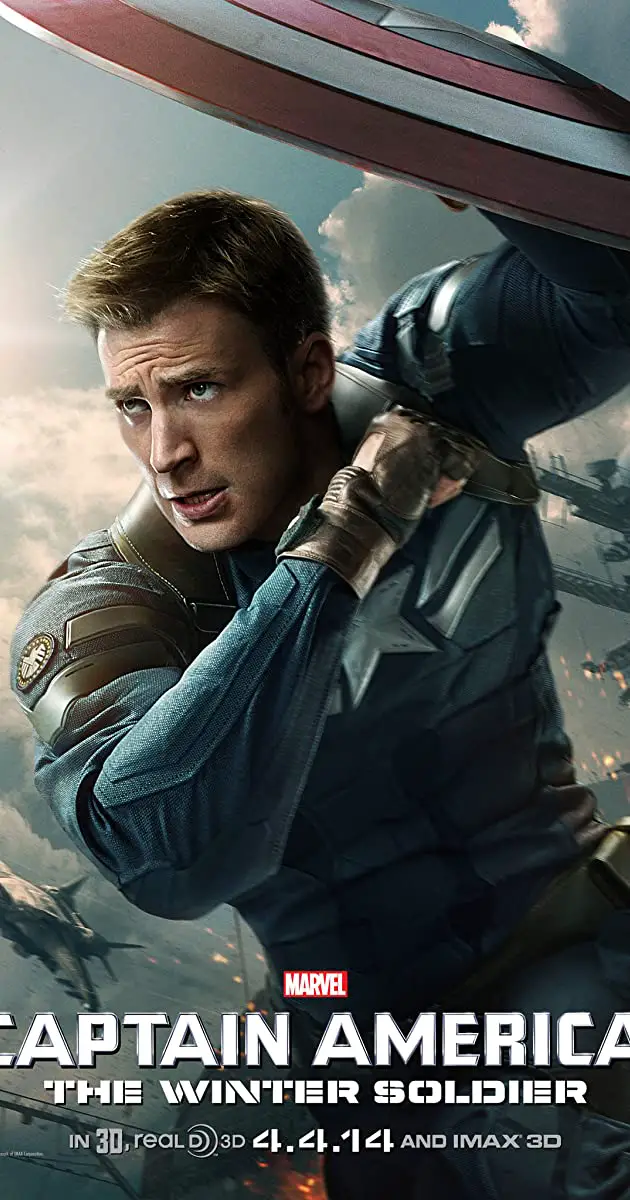
Photo: Wikipedia
Captain America: The Winter Soldier begins in the aftermath of The Avengers. Steve Rogers, the man out of time, tries to find his place in modern society.
During an early morning jog, he befriends Sam Wilson, the man who would later replace him as Captain America. The two quickly bond over the softness of non-military beds.

The Falcon and The Winter Soldier
The Russos demonstrated an intuitive understanding of Rogers as a person and a hero, deftly blending his nobility against the moral complexities of 21st-century society. Cynics wondered how Captain America would work as a presumably one-note character. In The Winter Soldier, the Russos peeled back layer after layer of nuanced storytelling.
Audiences expressed awe at the depth and detail of Captain America 2. Critics have graded it 90 percent fresh at Rotten Tomatoes, which makes me sad for the only 10 percent more than anything else. I genuinely wonder about anyone who can’t enjoy this movie. Its Audience Score of 92 percent and IMDb grade of 7.7 out of 10 indicate that I hold the majority opinion here.
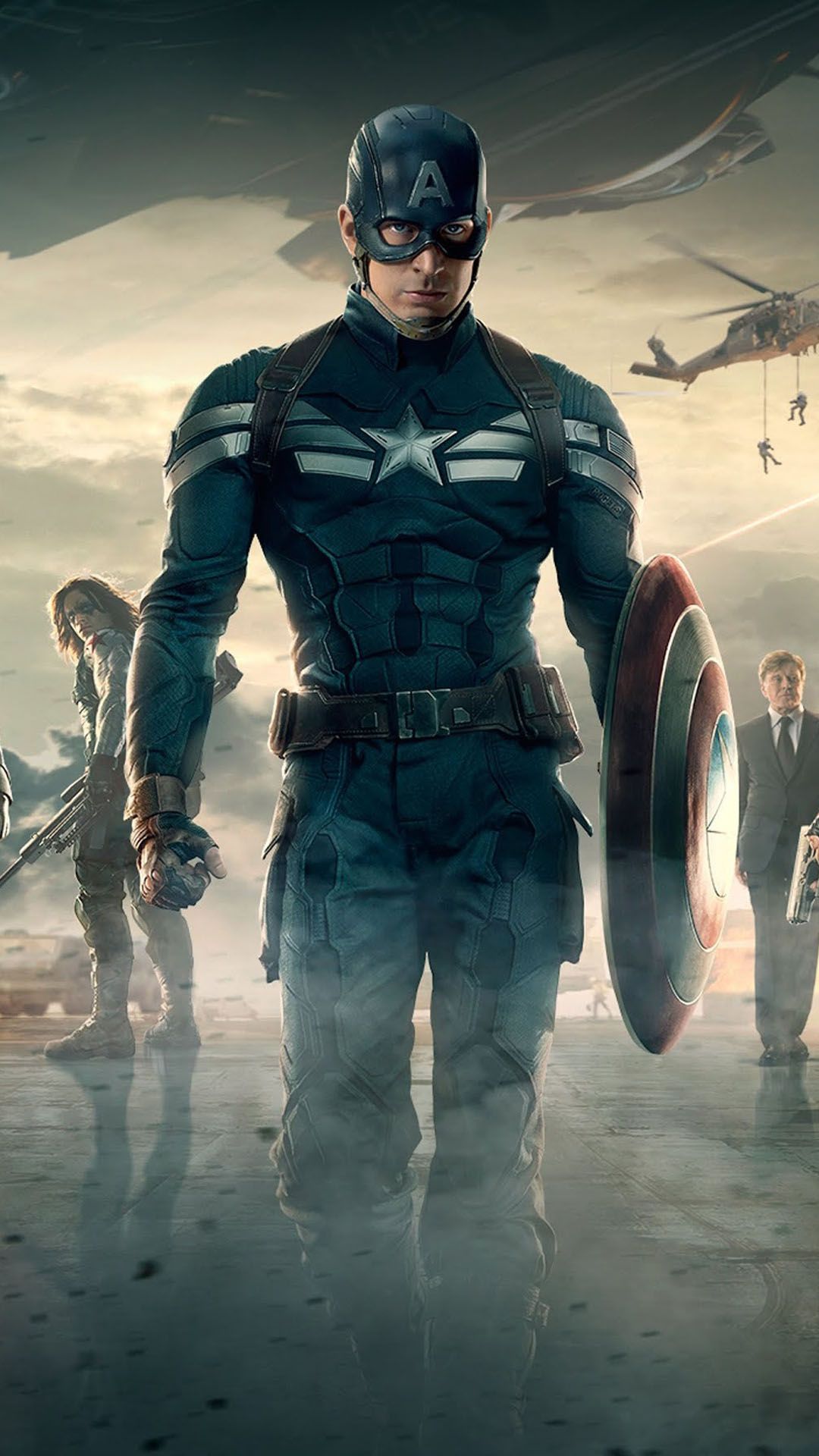
Photo: Pinterest
Financially, The Winter Soldier expanded its brand better than Thor: The Dark World had. The Captain America sequel earned 46 percent more on opening weekend and 93 percent more overall. It also topped The Dark World’s global box office take with $714.4 million.
Captain America 2 also proved instructive to Disney. It showed that better movies earn more money, something that Hollywood doesn’t always believe.
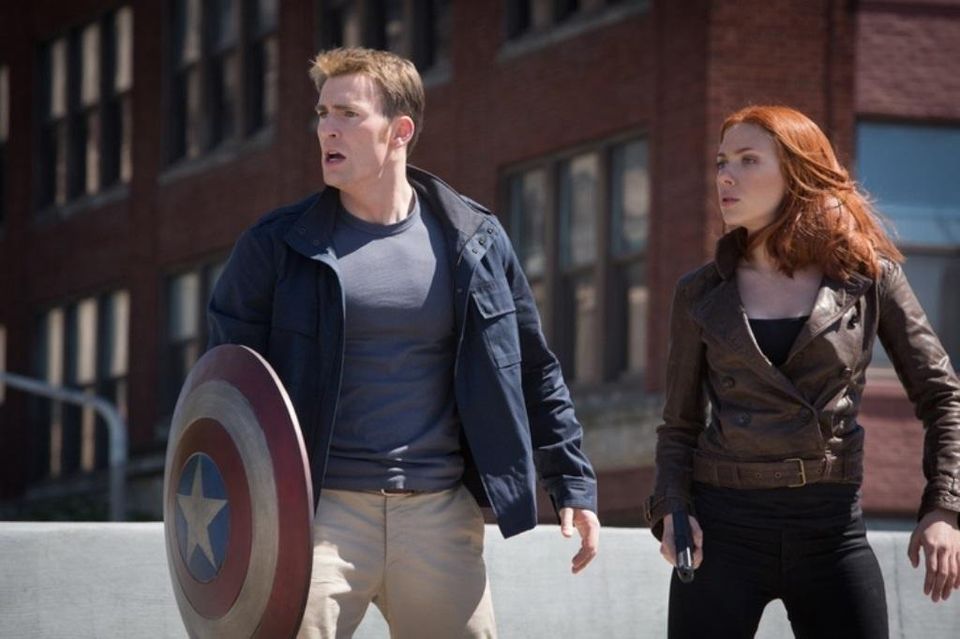
Photo: Forbes
A Swing for the Fences
The most daring attempt during Phase Two took place in outer space. By this point, Feige had settled on the idea that the director defines a movie’s style. He had started taking chances on unconventional talents. On rare occasions, the situation worked out like Taylor’s, where someone wasn’t a good fit.
With Guardians of the Galaxy, Feige hit a grand slam. He selected James Gunn, whose primary accomplishment up until that point was marrying Jenna Fischer. I’m joking…mostly.
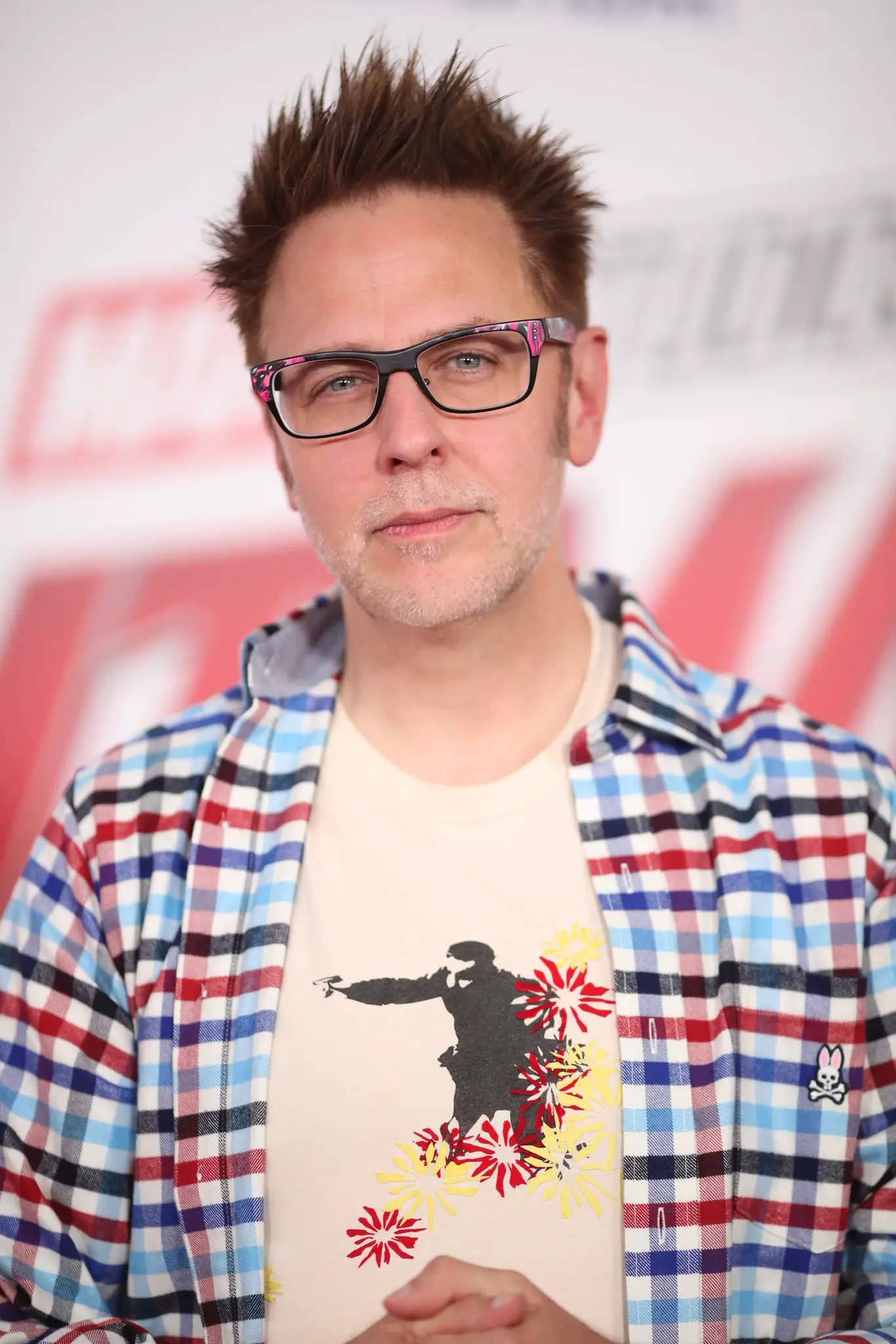
Photo: The New York Times
Gunn started his career working for Troma Entertainment, an outsider enterprise best known for The Toxic Avenger. He then crawled his way up the Hollywood food chain, writing the scripts for Scooby-Doo and Scooby-Doo 2: Monsters Unleashed along with the exceptional Dawn of the Dead remake in 2004.
Those three projects came out in two years, and they all earned solid box office. So, Gunn received a chance to direct Slither, a comedy-horror movie that has since become a cult classic. It was a box office failure, though. A few years later, IFC Films took a chance on Gunn’s next project, Super. And it failed at the box office, too.
However, Feige appreciated Gunn’s quirky sense of humor and deep insights into humanity. He believed strongly that this person could create a memorable superhero movie. Frankly, no objective data supported this notion, but the head of the MCU played a hunch. Movie-goers are grateful that he did.
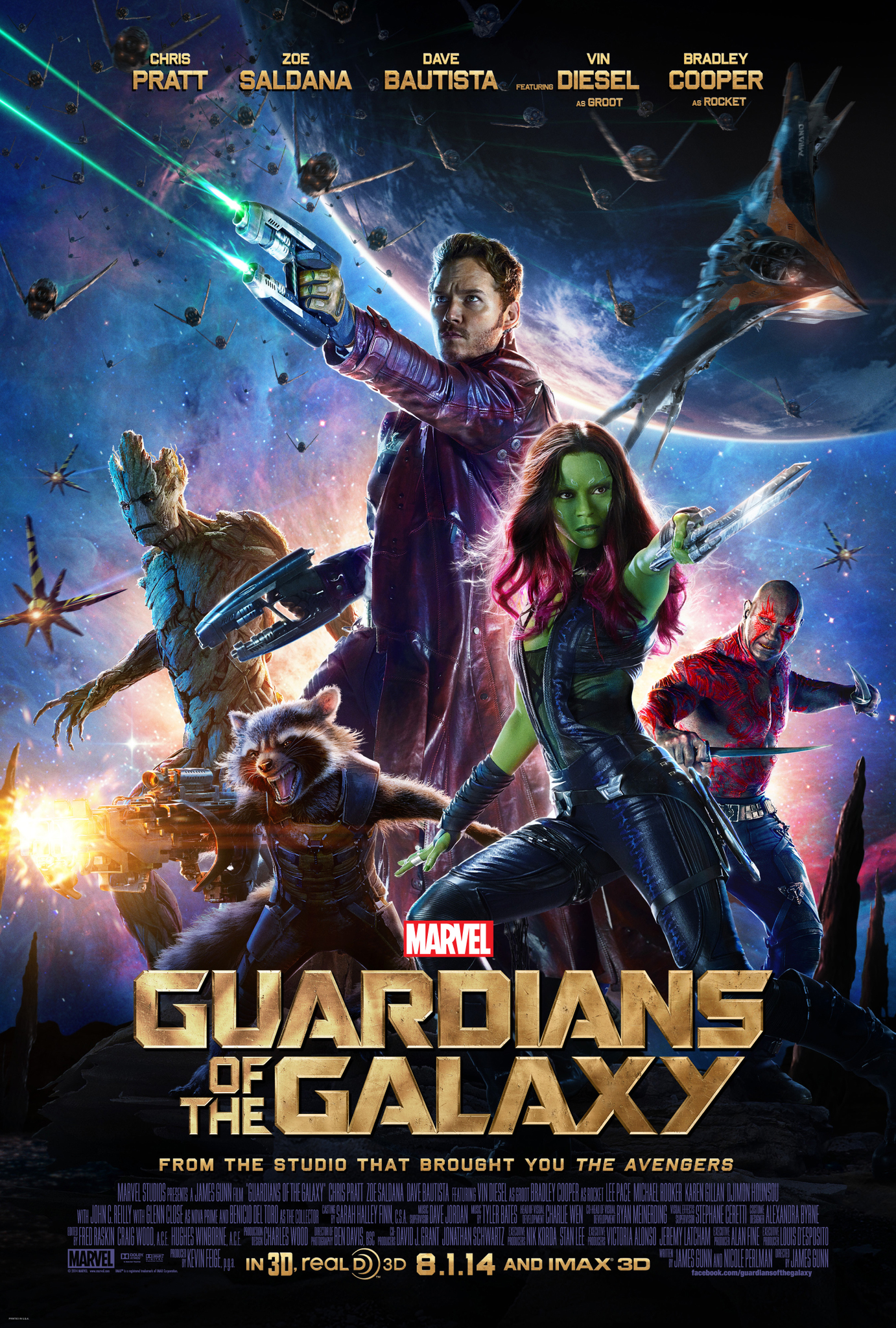
The Least Likely Guardians
In the entirety of the MCU, no project made less sense on the surface level than greenlighting Guardians of the Galaxy. Even by comic book standards, the superhero team sat on the fringes of Marvel. The characters stubbornly embraced their weird sides and lived on the outskirts of the universe, places where the Avengers rarely traveled.
Disney owned Marvel, though. By this point, CEO Robert Iger had required many staff members to examine the entire Marvel Comics catalog. His criteria were different in that he wanted to marketable characters that could sell merchandise. While many super-powered Marvel players sold comics, they didn’t naturally translate for merchandise.

Photo: Disney Plus
Oddly, the obscure team of the Guardians of the Galaxy included two marketable characters. Yes, one was a plant with a limited vocabulary, and the other was a foul-mouthed raccoon-ish thing. Still, they provided huggable merchandising opportunities, a vital component in the Disney empire.
Feige found a director who could disguise the transparent commercial decision about the movie. Gunn went about telling a story of an orphaned child who later roams the stars as a way of running from the past. Then, he added in several clichés of classic science fiction, the very tropes he’d once mocked at Troma.

Photo: Esquire
Guardians of the Galaxy features a gorgeous alien babe, her tyrannical father, and jealous android sister. It co-stars a noble warrior in search of justice, a furry weapons master, and a sentient plant. Variations of these archetypes are prominent in movies like Flash Gordon, Star Wars, and Star Trek.
Gunn smoothly integrated them together as a series of loner prisoners. Circumstances dictated that they function as a team for a time. When they did, they discovered kindred spirits and a sense of family that each one had lacked.
Hooked on a Feeling
The entire project hinged on the marketing campaign. Disney needed to persuade audiences to watch a movie that shouldn’t have interested them at all. It was the hardest sale imaginable, yet the company took the riskiest option yet again.
Using a largely forgotten bubblegum pop hit from the 1970s, the trailer showed a disparate group of characters with nothing in common. Then, it flexed Gunn’s quirky sense of humor in a way that excited audiences. While some people absolutely despised the trailer – and I was one of them – it undeniably worked.
Guardians of the Galaxy, a project that had caused people to laugh at Disney’s foolishness, became the top-grossing project of the summer of 2014. It earned $94.3 million, effectively matching Captain America: The Winter Soldier. In fact, Guardians out-performed the sequel overall, grossing $772.8 million worldwide.

Photo: Pinterest
So, the MCU could now start with an entirely different cast of characters and still get the movie to perform like an Avenger was in it. Marvel and Disney had built so much trust with audiences that even a project as outlandish as Guardians of the Galaxy would become a blockbuster.
In fact, if anything, this movie proved that Feige wouldn’t let the MCU rest on its laurels and become stale. Star-Lord and his team extended the MCU into the cosmos, and audiences happily joined them on the journey.
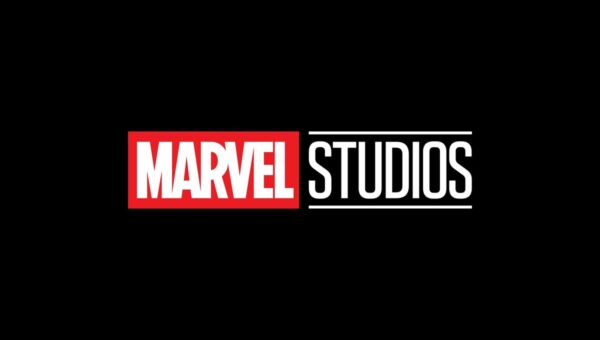
Photo: SyFy
The triumphant nature of Guardians of the Galaxy came with some ripple effects. Marvel became a bit more dictatorial with its directors, something that would cause problems with its next two projects. We’ll discuss the details in the next chapter of A Brief History of the MCU.



